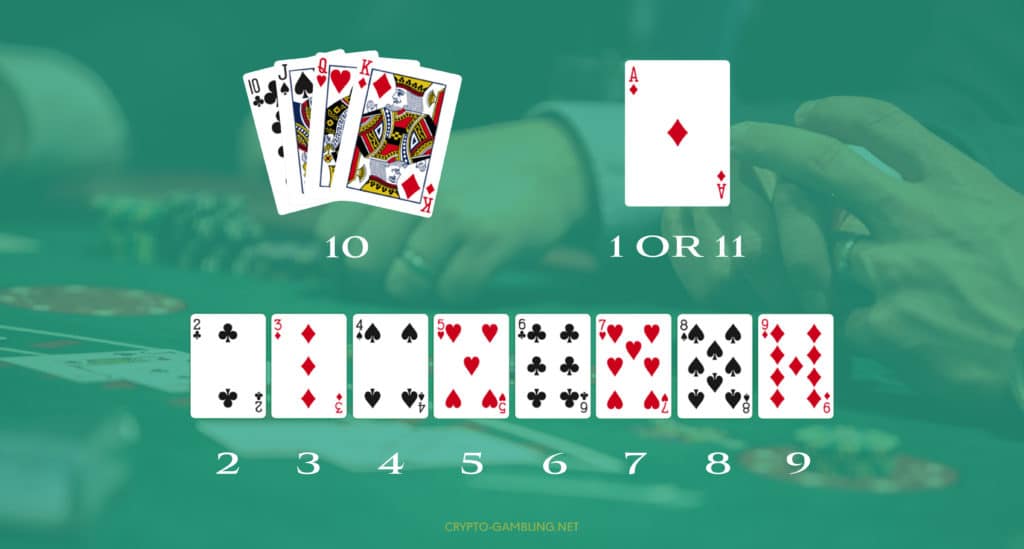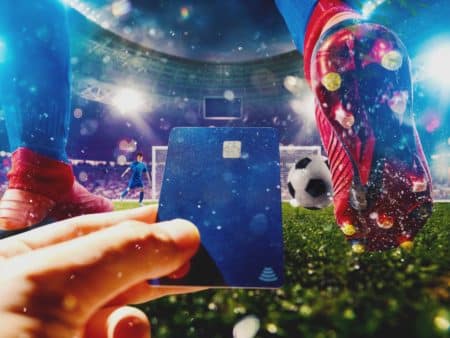What is Blackjack hand values?
In Blackjack, hand values are determined by the individual worth of the cards that make up a player’s hand. Each card from 2 through 10 is valued according to its face value, meaning 2’s are worth two points, 3’s are worth three points, and so on up to 10’s which are worth ten points. Face cards – the King, Queen, and Jack – are each worth 10 points as well. The Ace card is unique in that it can be counted as either 1 or 11 points, depending on which value is more advantageous for the hand.
In other words, if an Ace would cause a hand to exceed 21 points when counted as 11 (a scenario known as “busting”), it will instead count as 1 point. The objective in Blackjack is to have a hand value as close to 21 as possible without exceeding it. The best possible hand is an Ace and a 10-point card, known as a Blackjack, which is worth 21 points. If a player’s hand value exceeds 21 points, they bust and automatically lose the round, regardless of the dealer’s hand value. Understanding these values is crucial for success in Blackjack.

What is the best hand in Blackjack?
The best hand in Blackjack, termed “Blackjack” or a “natural 21,” consists of two cards: an Ace and any 10-point card (a 10, Jack, Queen, or King). The term “natural” denotes that this hand was dealt in the initial two cards received, as opposed to being achieved over several rounds of play.
The strength of this hand lies in its total value of 21 points, which is the highest possible score in the game that does not result in a bust (exceeding 21 points). This hand’s intrinsic advantage is its instant win potential against the dealer, provided the dealer does not also have a natural Blackjack.
This hand’s value is typically rewarded with a higher payout ratio than other winning hands.
In many casinos, a Blackjack pays 3:2, meaning that a player betting $10 would receive $15 (A total of $25), in contrast to the even money (1:1) payout for other winning hands.
It’s important to note that if both the player and the dealer have a Blackjack, the round typically results in a “push,” where the player’s bet is returned, and no one wins or loses.
Understanding this high-value hand is key to grasping the strategic dynamics of the game.
How to get Blackjack winning hands
Nothing beats a winning hand, and nothing beats the feeling it gives when you sit with the winning hand. Improving your chances of obtaining winning hands in Blackjack is a matter of strategic gameplay, which combines understanding of mathematical probabilities and game awareness.
The first step is to learn the basic Blackjack strategy, which is a statistically validated method that advises the optimal decision for every possible card combination. This can range from whether to hit, stand, double down, split, or surrender.
Here are a few tips that might help you:
- Blackjack strategy charts is strategy used to monitor the ratio of high to low-value cards remaining in the deck. This information can help you predict when the odds are likely to favor you and adjust your bets accordingly.
- It’s generally wise to steer clear of the insurance bet, which is typically offered when the dealer’s upcard is an Ace. This is because the insurance bet often favors the house and usually isn’t a profitable long-term strategy.
- Proper bankroll management is also crucial. Sensible betting and knowing your limits can often lead to better results than inconsistent and high-risk betting.
- Finally, practice is key. The more you play, the more familiar you’ll become with the game’s patterns and strategies.
Despite these tips, it’s important to remember that Blackjack, like all casino games, has a built-in house edge, and winning is never guaranteed.












